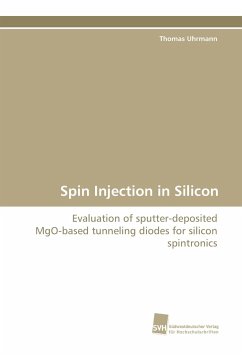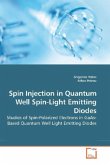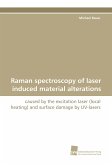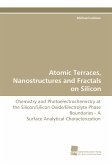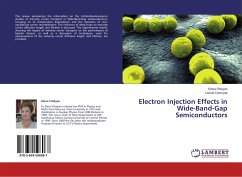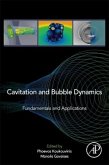The conjunction of charge manipulation in the semiconductor with the electron spin could lead to a whole new era in information technology, called semiconductor spintronics. In a spinFET device the conventional source/drain contacts are replaced by ferromagnetic (FM) electrodes, injecting and detecting spin-polarized current in silicon. The main advantage of this approach is the merge of information processing and storage in one device, employing a magneto-current effect that depends on the relative magnetization of the injector and detector electrode. The use of silicon as a host material for spin polarized current features a big advantage: its outstanding spin lifetime. The so-called conductivity mismatch between the FM contact and silicon is identified as major obstacle for spin injection, where the diodes' resistance area product has to match a narrow resistance window. In the present work the structural, electrical and magnetic properties of ferromagnetic Schottky diodes andMgO-based tunneling diodes have been investigated, employing CoFe/NiFe, NiFe and CoFeB ferromagnetic electrodes, different silicon doping densities and different post-deposition annealing conditions.

